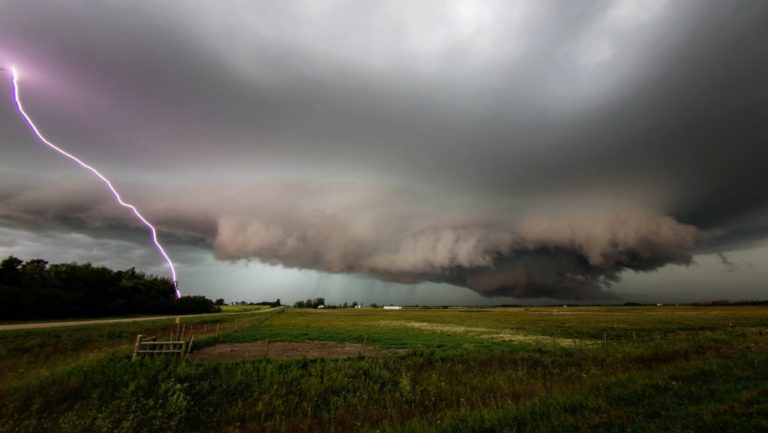According to the Minnesota Public Radio News, June will be the worst month for the state and the surrounding area in terms of the weather. They reported that there is a high probability of severe storms affecting the location, peaking on June 19.
Although citizens of this part of the US may be used to these kinds of extreme weather, it would still be best to check and recalibrate storm preparations for the homes and families living here.
If you live in the area, here are the things you should do to prepare for the storms.
Trees

Trees are lovely to have on any property. During storms, however, they represent the risk of falling debris. These loose branches and limbs may damage the roof or break windows. If the winds are strong enough, some trees may even uproot and fall entirely, causing more damage.
Before the storms hit, it’s best to clear weak and loose branches and limbs that are close enough to harm your home. Doing this will also save you some cleanup time after the storm.
Fences and Fixtures
Loose fences pose similar risks to your home. Consistent heavy winds may lift and throw them against your sidings or windows. It’ll be costly and tedious to fix them afterward. They may even threaten your family’s safety.
Don’t take that risk; secure them properly. While you’re at it, make sure other outdoor fixtures are also affixed on their spots. Anything from patio furniture to backyard plastic playgrounds can be displaced by wind or water currents.
Gutters
Gutters play a crucial role in keeping water outside your home and diverting it to a better irrigation system elsewhere. Clogged or damaged ones won’t be able to perform this task. Even worse, they can be the cause of water entering your home through leaks.
Every time storm season comes around, make it a habit to ensure that your gutters are clear and damage-free.
Roof
Like most things, roofs also have a lifespan. The constant changing of seasons and the passing of storms may render your once reliable roof weak now. Even when it’s new and strong, heavy winds can still shake it loose and throw it off.
Watch out for any sign of leaks in the ceiling. That may mean that parts of the roof have deteriorated, and you need to have them repaired or replaced. Discoloration can also often be a sign of an aging and unreliable roof. For your peace of mind, it may be best to have specialists of roof repair services inspect it ahead of the storms.
Plan and Kit
Having an emergency plan that the whole family knows by heart is a must for those living in severe weather areas. Clarify each step and make sure even the children understand what they need to do when these situations do arise. Designating a family friend who’s not living in the area as a contact person for everyone can be helpful since severe storms can sometimes cause interruptions in local communication channels.
You’ll also need to keep an emergency kit with food, drinks, and medicine somewhere in the house. Flashlights and batteries may also be useful additions. Make sure everyone knows where this kit is; keep the items updated regularly. For more information, the Department of Homeland Security created a guide for building emergency kits.
With these ideas in mind, you can prepare your home and family for a season that may cause a lot of damage. It’s best to be ready to be safe in the long run.

